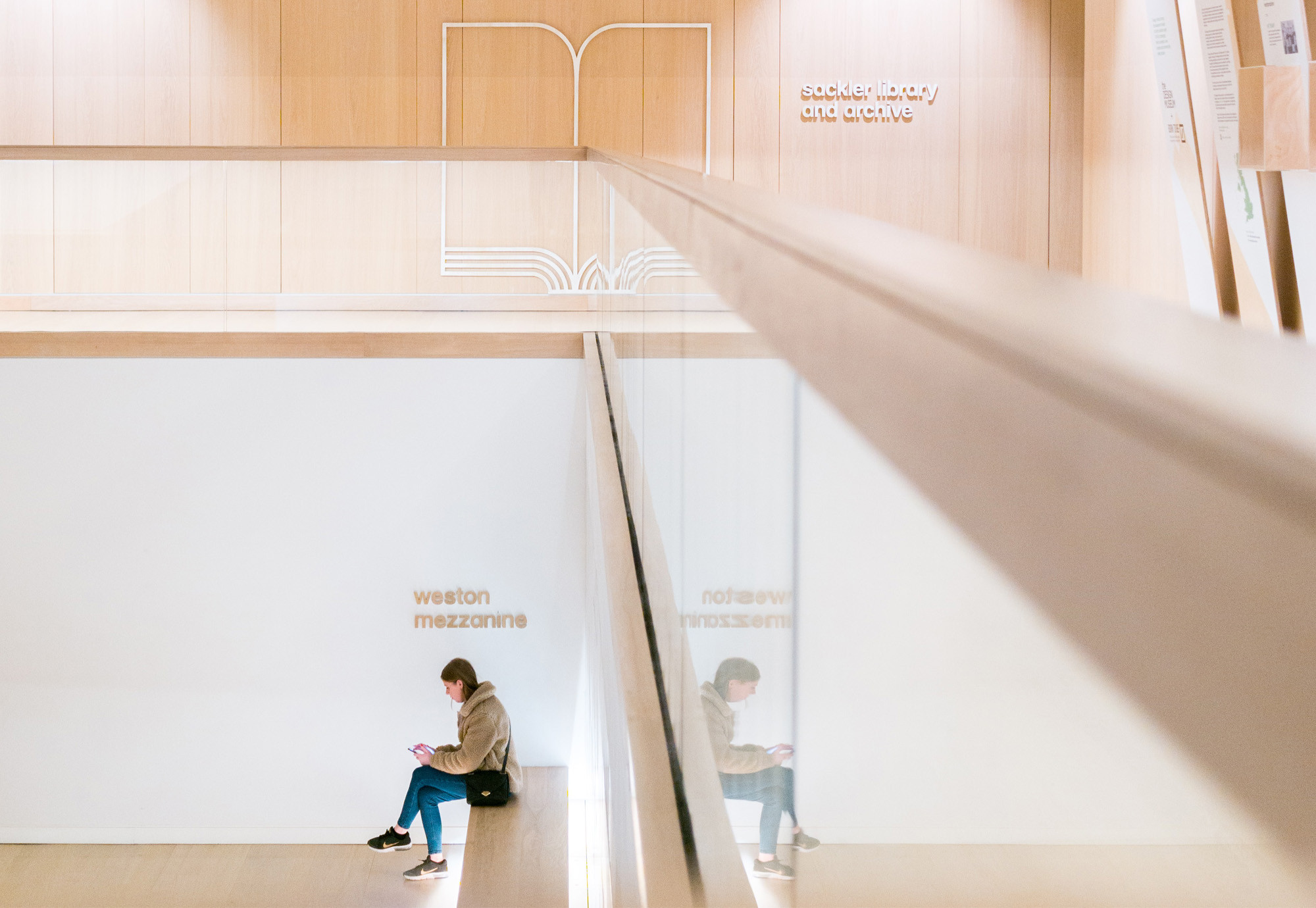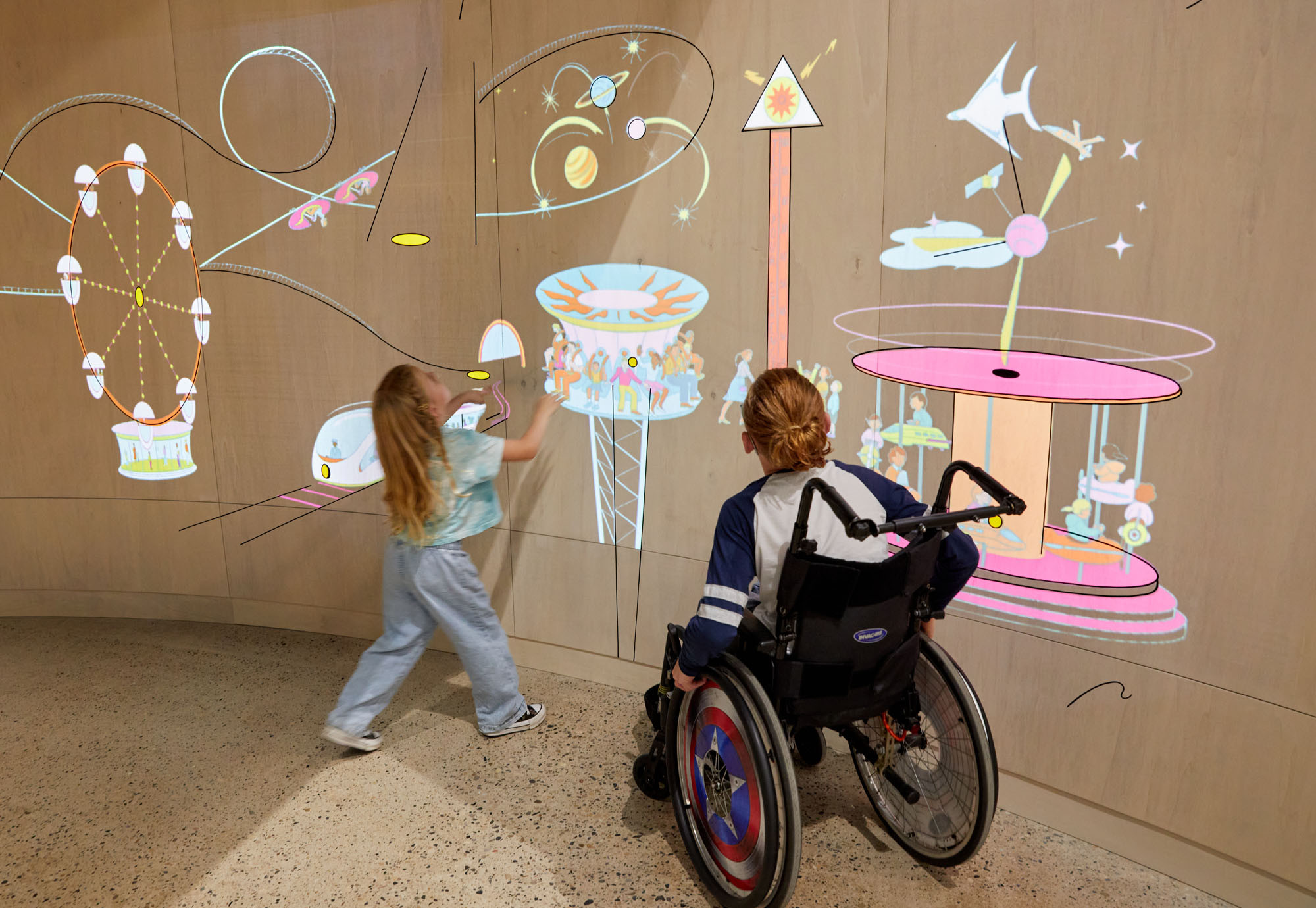Understanding user expectations and needs
As a designer, I have heard, 'We just need to get this to work, and then we can think about how we make it easy to use’. This person wanted to remove the user from the equation while the rest of the solution was designed. It was no surprise when the user got added back in; things didn't match up.
We look to designers, engineers and architects to solve some of the most complex human challenges, but often take a process where we aim to simplify the problem into its smaller pieces to be solved. This thinking is essential and helpful, but needs to go hand-in-hand with methods and approaches that help us understand the complexity of what makes a product desirable in the users' daily life. We need to solve the whole equation.
I will share what I see as essential to understanding 'desirability'.

So, what do we need to understand?
I thought I would start by introducing the innovation goldilocks zone. It is often described as the overlap of 4 key areas. For a product, service or experience to succeed, it needs to be desirable, viable, feasible, and sustainable.
While each bubble is important, I want to focus on the desirable bubble (the messiest and most misunderstood). There are six key areas that we need to work with users on to ensure that we are creating a desirable experience, and a great way to look at these is from the perspective of designing a museum experience.
1. Do our users want it?
Your solution should help solve a problem in a new way, or enable something new.
When thinking about a museum experience, this will be whether it solves all the needs of the visit. If it doesn’t offer the whole service, it is clear how it integrates with other services. From a practical perspective, it might be around being a place to visit on a rainy day. This would then include looking to see if they offer things like cloakrooms etc. If your user had to rely on another service to achieve their goal, or your service did not easily integrate with other services e.g. walking around with wet coats, or having to leave to find food, this is where there is an opportunity to improve.
2. Can our users find it?
Your solution should be easy to adopt, considering the barriers currently preventing users from engaging with the product or service. These barriers might include cost, location, accessibility and effort to learn or onboard.
This is where we can look at aspects of how events are promoted, how you get directions to where you're going, how you find what you are looking to do in the museum etc.
It can be about exploring what information and knowledge or experience you need to have to enter the space and get the most value.

3. Can our users use it?
Your solution should be easy to use to achieve the goal of the user. This is both from a cognitive and physical perspective.
From a museum perspective, this includes considering how accessibility works practically in your space. In theory, users can get to spaces in the museum, but they may not be willing or able to do that if there is a queue.
4. Will our users use it?
Your solution should work in the relevant contexts of use, considering the physical environments and multiple tasks the user might be doing. The solution should consider the social, cultural, and emotional context the user might be experiencing while using the product or service.
From a museum perspective, this might take into account how it creates a welcoming environment. Is it an ‘academic space’, excluding people who feel they do not belong to that group or in that environment? Additionally, this could be thinking about the emotional state someone might be in, for example, a parent looking for an activity to do on a rainy day with two active children - your competition may not be other museums, it may be places like trampoline parks, or spaces where parents can let children burn off energy. Although you present a good option for a rainy day, you might not be a good option for the context of a parent looking for a place to sit down and have a break. Yes, they can use your museum, it is accessible, it helps on a rainy day, but it is not delivering on the context.

5. Will it be used how we think?
Your solution should take into account expected shortcuts, and be designed to negate malicious uses such as privacy breaches, addiction, discrimination, and detriment to mental or physical health.
In a museum context, this might include considering how tempting it might be to touch something you want to ensure isn’t touched. How it might feel possible to leave children unattended in a place that is designed for play when that is not the intention of the museum, or for someone to take advantage of a booking system to run private tours. These scenarios are not entirely unpredictable, so designing in a way that prepares for them is essential. Avoiding predictable negative experiences or designing systems and solutions to recover from them is important for positive memories overall.
6. How does it make our users feel?
Your solution should help users build positive stories about themselves and memories of their experience with the product or service.
In a museum, it might be how a visitor feels connected to the aim of the space, whether that is history, a conservation goal, or how they might build on their identity if it is a museum dedicated to an identity that they share. For example, the London Museum for a Londoner.
This is critical for cultural and heritage spaces, as so much of how we inform our collective understanding of our history, our identity and how we perceive our futures is connected with these experiences.

When building products and services, we need to think about the whole equation, including the important factor driving the desirability of a product or service. We must challenge how we assess experience and gather user feedback through the design process, allowing ourselves to look at the big picture to help us grapple with the complexity of the problems we are trying to solve, as well as design all the individual parts.
We will talk more about the process and tools you can use to think about the whole equation in our next article. We have worked with museums on how we create user experiences such as the Victoria & Albert Museum and Wonderlab: The Brammall Gallery, National Railway Museum. If you have a similar project you think would benefit from user experience design, reach out to us.